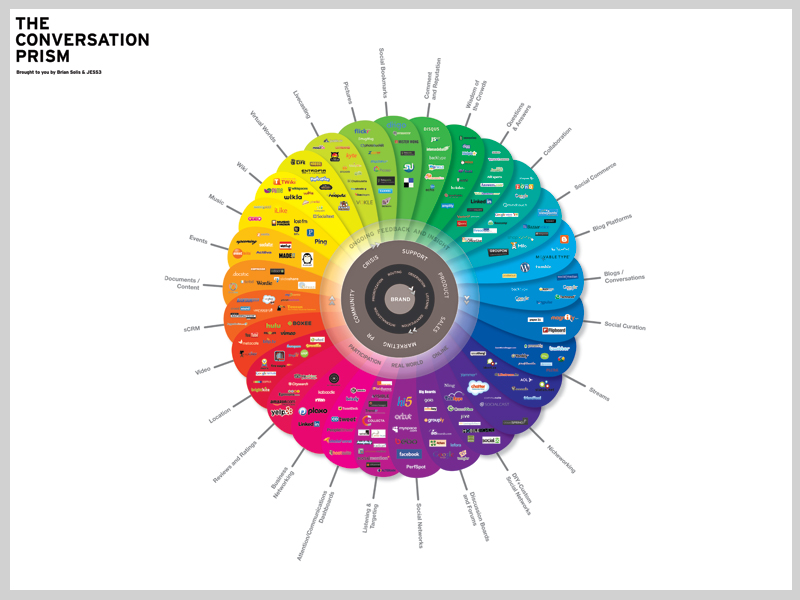Google and Yahoo. Yahoo and Google. It’s 2013 and there’s a reason to talk about them in the same breath. While Google had a pretty good year, investors believe that Yahoo had a better year.
Here’s what Yahoo finance has to say about it:

Google vs. Yahoo Stock Performance Comparison. Source: Yahoo Finance
And here’s what Google Finance has to say about it:

Google vs. Yahoo Stock Performance Comparison. Source: Google Finance
There’s no dispute. You’d have done better investing in Yahoo over the past 12 months than Google. Woohoo (or Yahoo!).
I learned in business school that efficient markets value firms based on the present value of future operating free cash flows. I learned during my career in the technology sector that management teams are evaluated on stock performance and revenue growth.
Google and Yahoo: Really?
Clearly Google has a much, much larger market capitalization: $290 Billion to Yahoo’s $29 Billion. They are the gorilla in the industry. I use a lot of Google products everyday. What’s more, I can’t think of a segment where Yahoo has a revenue, market or technology advantage over Google today.
In the past year, Yahoo’s has nimbly turn the battleship toward a strategy that is creating growth and investor confidence. Is it time to speak of the two companies in the same breath? Probably not. Kudos to the team. Keep up the good work. We’re watching you again.
Google and Yahoo. It’s getting fun again for investors, consumers and silicon valley dilettantes.
Disclosure: I do not hold stock in Google and Yahoo. I’m not an investment advisor. This article is not advice to buy or sell Google and Yahoo stock. Should you buy Google and Yahoo stocks? If you are asking that question after reading this article, probably not. You should be buying a no-load index fund from Vanguard.



